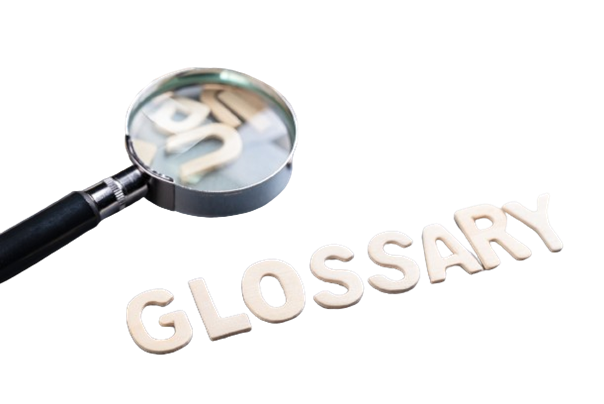Trading Glossary Explained
Trading is a complex process, which includes many actions that a person unfamiliar with the financial world will find puzzling. Once you launch your trading career, you will be swamped with trading terms whose meaning you will not know. You will not immediately grasp how the market value of a business differs from its book value. Nor will you understand what CPI stands for and how it is different from IPO, unless we supply you with a glossary of all confusing terms that you meet in a trading business.
To help you avoid confusion, we have compiled a comprehensive glossary of financial terms used at the markets. All trading glossary is presented in our glossary in the alphabetical order and is explained with linguistic precision. Any financial term that sounds baffling to you now will become crystal clear once you read its definition in our glossary below.

